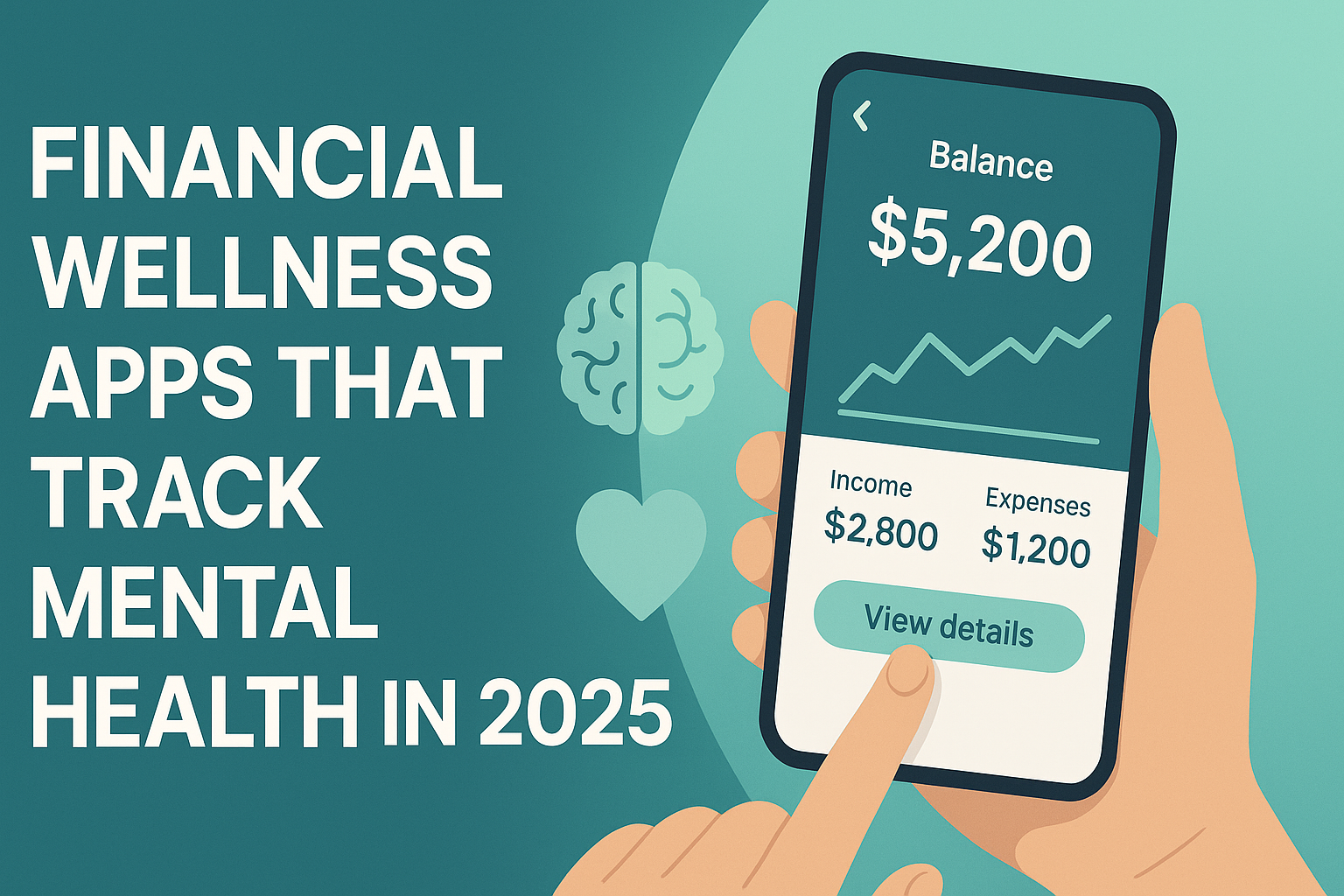Weighing digital growth against legacy stability — what 2025’s data tells us about this surprising matchup
When investors face the choice between a high-growth disruptor and a time-tested giant, the decision often reflects more than just numbers — it’s about strategy, risk appetite, and long-term vision. Pinterest and Johnson & Johnson might seem like an odd comparison at first, but dig deeper and the contrast reveals key lessons about diversification, financial resilience, and investment philosophy.
Should you lean toward Pinterest’s advertising-fueled expansion or stick with Johnson & Johnson’s healthcare consistency? Here’s a breakdown that cuts through the hype and gets to the financial core of both companies.
Background & Context: Two Very Different Business Models
Johnson & Johnson (JNJ) is a healthcare conglomerate that’s been delivering steady growth for decades. Its diversified portfolio — including pharmaceuticals, medtech, and consumer health — offers insulation from economic shocks. Think of it as the portfolio ballast: slow, stable, and relatively predictable.
Pinterest (PINS), by contrast, is a visual discovery platform riding the digital advertising wave. It appeals to high-intent shoppers and niche advertisers alike. With user growth, international expansion, and a push into creator monetization, Pinterest offers excitement — but also more volatility.
This isn’t a pure value vs. growth conversation. It’s a reflection of where the economy is heading — and which companies are poised to capture evolving consumer behavior.
Deep-Dive Analysis
Impact on Long-Term Investors
Pinterest’s revenue growth is hard to ignore: 12% annualized over the past three years, outpacing JNJ’s sub-4% gains. This is largely thanks to:
- Expansion into e-commerce and shopping tools
- Improved ad targeting algorithms
- Global user growth, particularly outside North America
But for long-term investors, growth must be sustainable — and that’s where cash flow and capital discipline come in.
Pinterest shines here too, with a 25% free cash flow margin, higher than JNJ’s 20%. That indicates lean operations and strong earnings conversion, which matters when reinvesting for growth or weathering a downturn.
Still, Johnson & Johnson brings unmatched financial strength: $39 billion in cash, massive R&D spend, and a 60-year dividend increase streak. That kind of consistency gives JNJ a “sleep well at night” quality, ideal for retirement portfolios or conservative investors.
Impact on Risk Tolerance and Portfolio Volatility
Pinterest’s stock has had a bumpy ride. During the 2022 inflationary shock, PINS lost over 80% of its value, while JNJ declined just 22%.
Why? JNJ’s diversified business model buffers it from advertising pullbacks, tech cycles, or international headwinds. Pinterest, however, lives and dies by advertising — a discretionary budget that’s often slashed during downturns.
That said, volatility can also offer opportunity. Investors who bought Pinterest after its 2022 drop saw significant rebounds — a potential advantage for those with a long horizon and high risk tolerance.

Financial Resilience and Debt Strategy
Here’s where things get interesting:
- Pinterest has just $144 million in debt, with a debt-to-equity ratio of 0.1% — signaling extreme financial conservatism.
- JNJ holds $52 billion in debt, with a debt-to-equity ratio around 14%, using leverage more aggressively to fund expansion and innovation.
Neither is “bad,” but Pinterest’s minimalist debt profile gives it flexibility — and less risk of financial strain if interest rates stay elevated.
The Road Ahead: What Could Move the Needle?
For Pinterest:
- International monetization is key. User growth abroad is strong, but ad revenue per user still lags U.S. figures significantly.
- Creator economy tools, like shoppable pins and video content, offer a runway for engagement — if executed properly.
- Economic headwinds could cut into ad budgets, so Pinterest must continue diversifying income sources and improving conversion metrics.
For Johnson & Johnson:
- Spinoff execution of its consumer health business (Kenvue) will define its near-term identity.
- New drug development and regulatory outcomes in oncology and immunology will be key.
- Currency pressures and legal liabilities — including talc-related litigation — remain areas to watch.
Actionable Takeaways & Key Insights
- For Growth-Oriented Investors: Pinterest may be worth a strategic allocation — especially after dips — but don’t overload. Volatility requires discipline.
- For Income-Focused Investors: JNJ offers a historically reliable dividend with moderate growth — great for retirement or low-risk portfolios.
- Diversification Wins: Why choose one? Holding both in balanced proportions gives you exposure to innovation and consistency.
- Use Stop-Loss or Limit Orders: For Pinterest, protecting downside risk with tactical entry points can smooth volatility.
- Revisit Quarterly: Monitor revenue per user, ad spend trends, and Fed policy — these will guide Pinterest’s margin outlook and JNJ’s borrowing costs.
Conclusion & Call to Action
At first glance, comparing Pinterest and Johnson & Johnson feels like stacking a rocket ship against a battleship — one moves fast, the other holds the line. But that’s exactly why this comparison matters in 2025.
If your strategy embraces agility, long-term digital adoption, and market timing, Pinterest may be your play — especially if you can ride out its sharp turns. If you prefer durability, steady returns, and lower drawdown risk, Johnson & Johnson continues to offer comfort amid chaos.
Or better yet: combine the two. Innovation plus resilience is a portfolio strategy with power.
Stay tuned to The Evolving Post for more smart, actionable updates that impact your money and your future — because understanding the system is the first step to changing your financial story.
While this analysis is based on thorough research, it is for informational and educational purposes only and should not be considered financial advice.







